

Discover more from AutoMarketplace
🔐❓ NYC Uber Lockouts, What's Going On...
AutoMarketplace founder Dawood Mian explains why Uber is limiting access to its NYC drivers app, what the TLC can do and what we believe drivers should ask for
As we, and many on social media, have been covering, NYC for-hire transportation (TLC) drivers are facing Uber “lockouts”. The term “lockout” is TLC slang for a situation where Uber (or Lyft) limits the ability for a driver to go online. Given, Uber and Lyft, combined, have an over 80% NYC trip market share, this is impacting a lot of drivers.
The “lockout” dynamic is the antithesis of Uber and Lyft’s original pitch of work when you want, where you want. Lockouts also strip away one of the key attractions of being an independent contractor, the ability to choose when you want to work. Many NYC drivers are understandably frustrated, some are quitting, some believe they will be forced to quit, some are nervous, some think it’s a good thing 🤔. For those who were in the TLC industry before the pandemic, this won’t be their first time experiencing app lockouts.
That being said, today’s lockouts have a different look and feel than the ones that occurred in late 2019 and early 2020. Those lockouts were more straightforward where a driver was told upfront the benchmarks they needed to hit to access the Uber app. Drivers also could reserve blocks of times, ahead of schedule, in an Uber “Planner”.
Article continues after advertisement
Our Thoughts
We’ve been predicting lockouts would return to NYC for some time and have been increasingly writing about the subject as it’s become a new NYC TLC status quo. We appreciate that while our articles might be useful, it helps to give a voice to them as many people might find it easier to understand via video and/or audio.
Below, AutoMarketplace founder Dawood Mian talks about:
Why Uber NYC lockouts are occurring
Who Uber is blaming for lockouts and whether that criticism is legitimate
What the TLC can do about lockouts
How, we believe, drivers should think about lockouts
Suggestions that would prevent lockouts, including those already proposed by prominent driver advocates
Recent insights from our NYC FHV fleet business
We hope you find the video insightful!
Table of Contents
👋 00:00:03 - Intro 🤔 00:03:28 - What are Uber NYC lockouts? 🆚 00:05:00 - 2019 vs. 2024 Uber NYC lockouts ✉️ 00:07:13 - Uber NYC lockout message 👉 00:09:25 - Who is Uber blaming for its NYC lockouts? ❓ 00:10:25 -- Why does utilization rate (UR) exist? ❓ 00:13:45 - Why do NYC for-hire vehicle bases exist? 📏 00:14:45 - Utilization rate (UR) example 💵 00:18:37 - NYC minimum driver pay & UR 🩷 00:21:30 - Are Uber NYC lockouts, Lyft's fault? ❓ 00:25:55 - Why industrywide UR? 👎 00:27:29- Lyft standalone UR is a bad idea 😵 00:30:05 - Uber could kill Lyft NYC via UR? 😓 00:31:37 - "Uber-only" vs. "Lyft-only" NYC drivers 💡 00:33:48 - Solutions to prevent NYC lockouts? Get rid of UR? 👀 00:36:30 - 180,000 NYC TLC drivers ⚖️ 00:42:35 - Supply & Demand 🚕 00:47:14 - NYC reserve asset - taxi medallion 📈 00:49:05 - Adding 10,000 NYC FHVs in 2023 ❓ 00:50:55 - Why did NYC lockouts occur in 2019? 🗑️ 00:53:37 - Get rid of utilization rate (UR) 🧢 00:54:41 - NYC TLC Drivers License Cap? ♻️ 01:04:19 - FHV License (TLC Plate) reissuance 🛑 01:04:19 - Artificial government caps? 🚕 01:06:55 - Lessons of the taxi medallion crash 🪨 01:12:09 - First Principles 🤔 01:15:32 - NYC TLC Plate = NYC Taxi Medallion


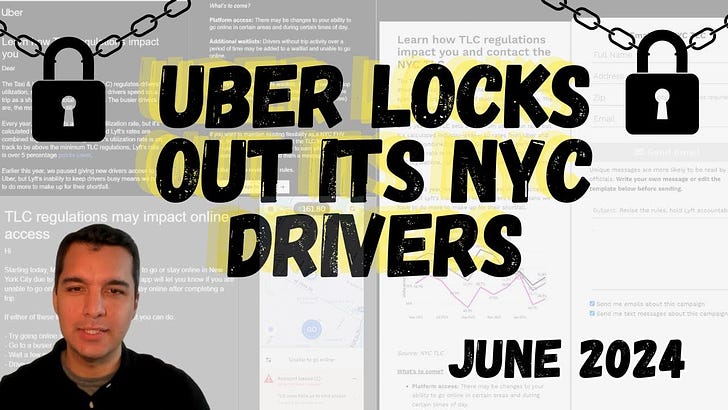


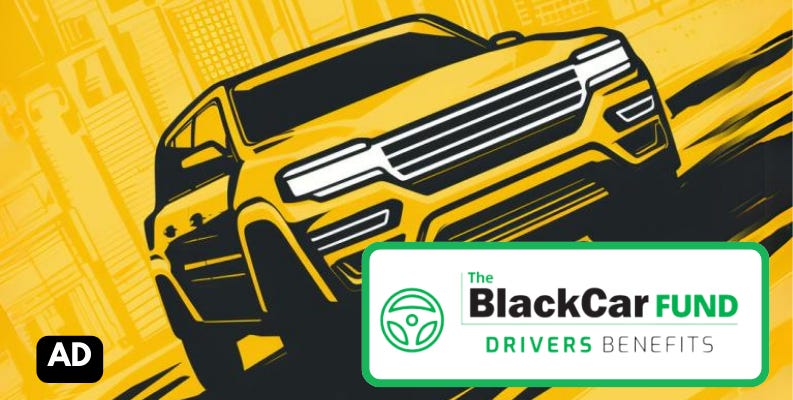
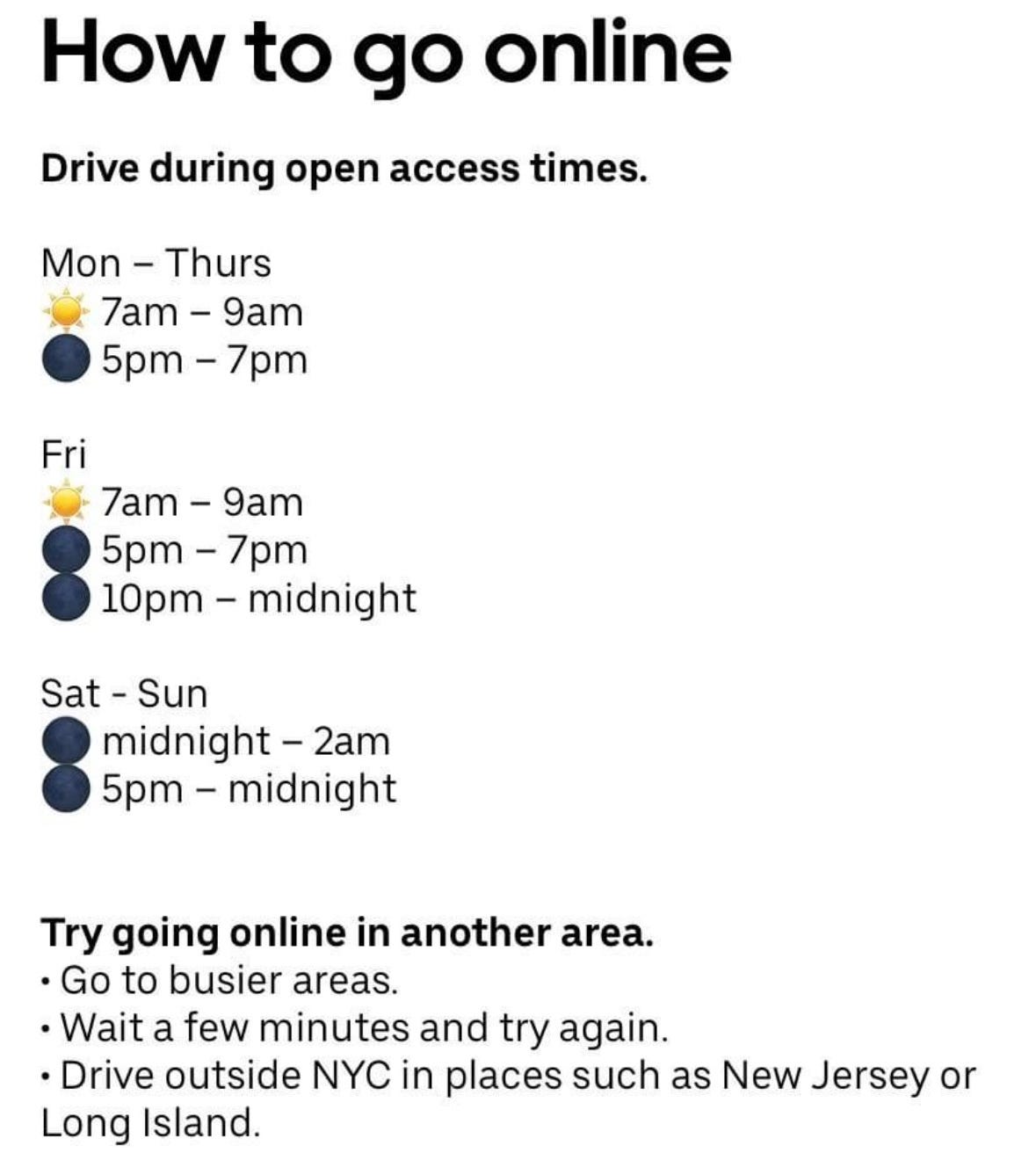
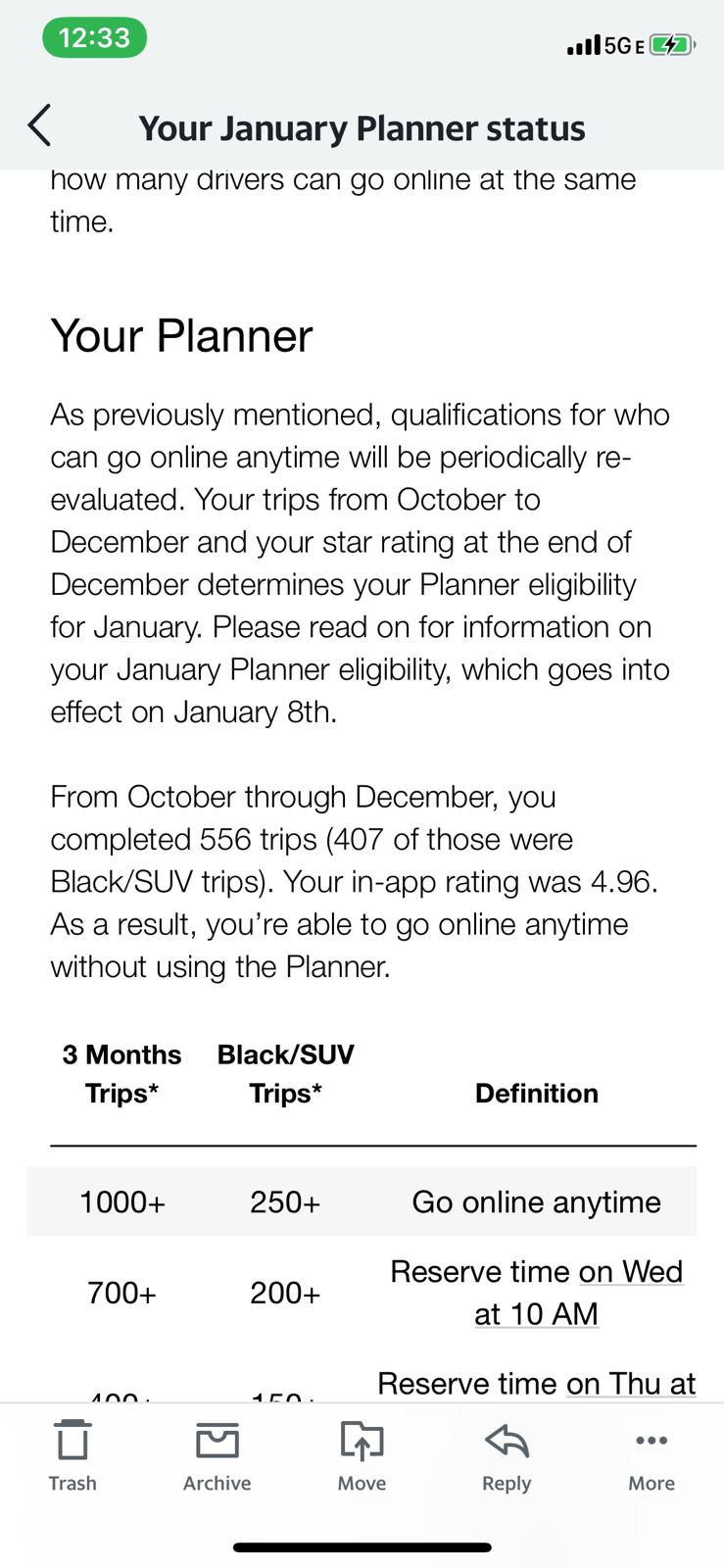
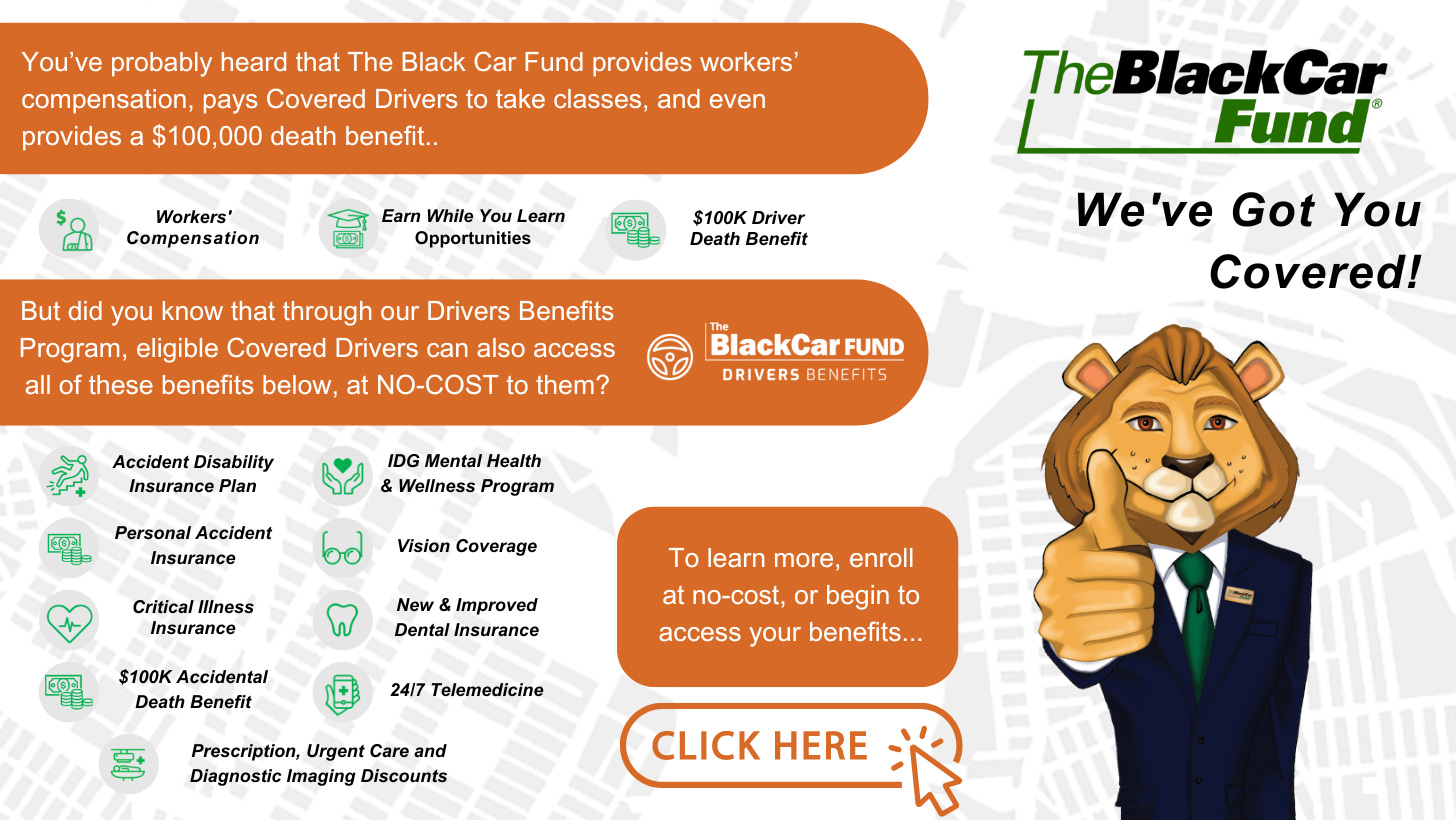



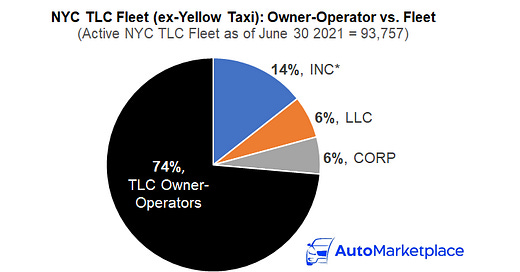



While i definitely support the idea of limiting vehicle and also TLC driver licenses supply, but i look at this as a long term plan that the Taxi and Limousine Commission should’ve consider to start long time ago, a process like this can take years while in the works. As far of completely removing the Utilization rule i totally disagree with and here are my reasons;
Even if let’s say we have limited supply of drivers (Tlc licenses) and vehicle licenses there is a big group of this drivers that the only reason they are in the business is because they want to drive for uber or lyft, because they have waitlists all these drivers are waiting while driving for NEMT’s or livery bases in the meantime with the hope they can sign up for uber at some point, even at a point where theres no more drivers to hire the amount of total drivers will be too many, but to be honest i don’t know if this is what TLC wants to do as a short or long term solution since one of the reasons they keep it the way it is its because “drivers constantly get in and out of the industry”.
Plain and simple from my perspective while respecting Automarketplace’s opinion if TLC gets rid of the utilization rule just like that every single driver that’s on uber and lyft waitlists will be signed up with the apps and all we going to have left is a higher mile and minute rates than other markets, but the amount of drivers is going to be higher than the riders demand, unless the same goes way above pre-pandemic levels which is most likely not to happened as fast as statistics show. As you cited there’s other consequences such as leasing prices going up, etc.
Realistically speaking a quick solution to this nightmare it’s on TLC’s hands to find a legal way to enforce utilization rule the right way,(because if we are honest uber lockouts means drivers are definitely not making the same amount money because they are being limited but they are trying to be online and even if it does looks like uber is keeping the drivers busy those numbers are being manipulated and there should be consequences to that because there is a rule in place). At this point they cant just do everything Uber wants because that would bring consequences as you have previously stated, if anything they have already change the UR floor from 56% to 53% most likely as per Uber request to prevent this lockouts. Wether Uber has a point or not as far of the UR being industrywide altogether with Lyft, TLC should not let them use the “Divide and conquer” method and lockout drivers while they figure out their disagreements with TLC rules and in the process mess with the drivers livelihood and pay.
Which ever way you look at this,it's always the driver that suffers